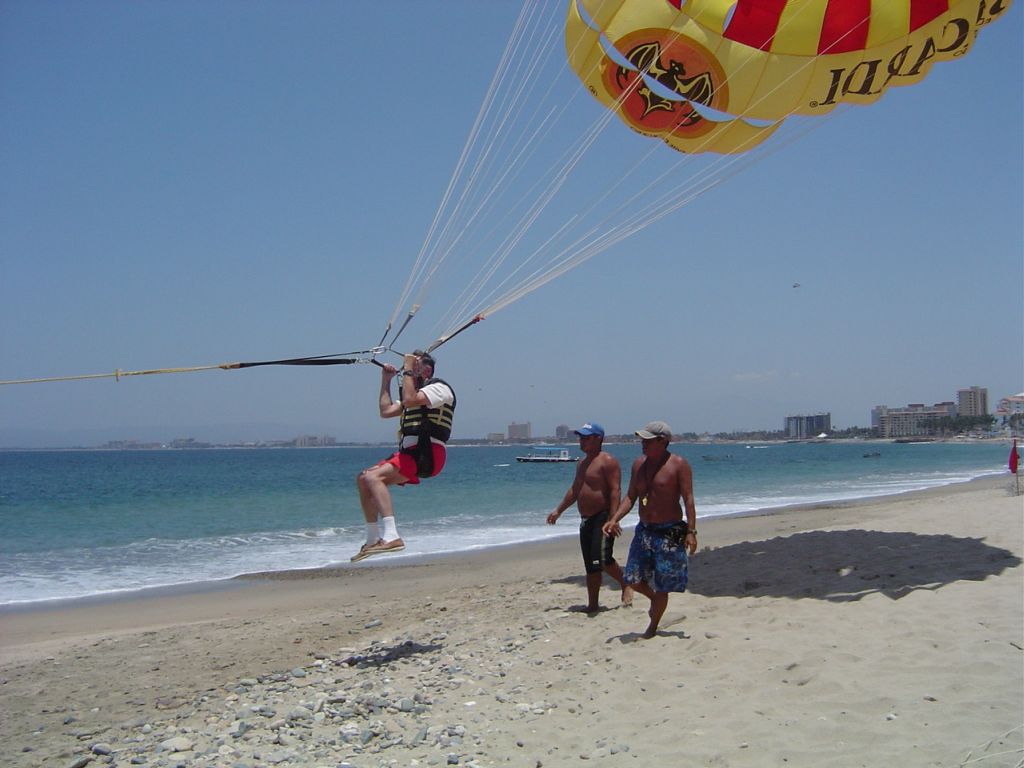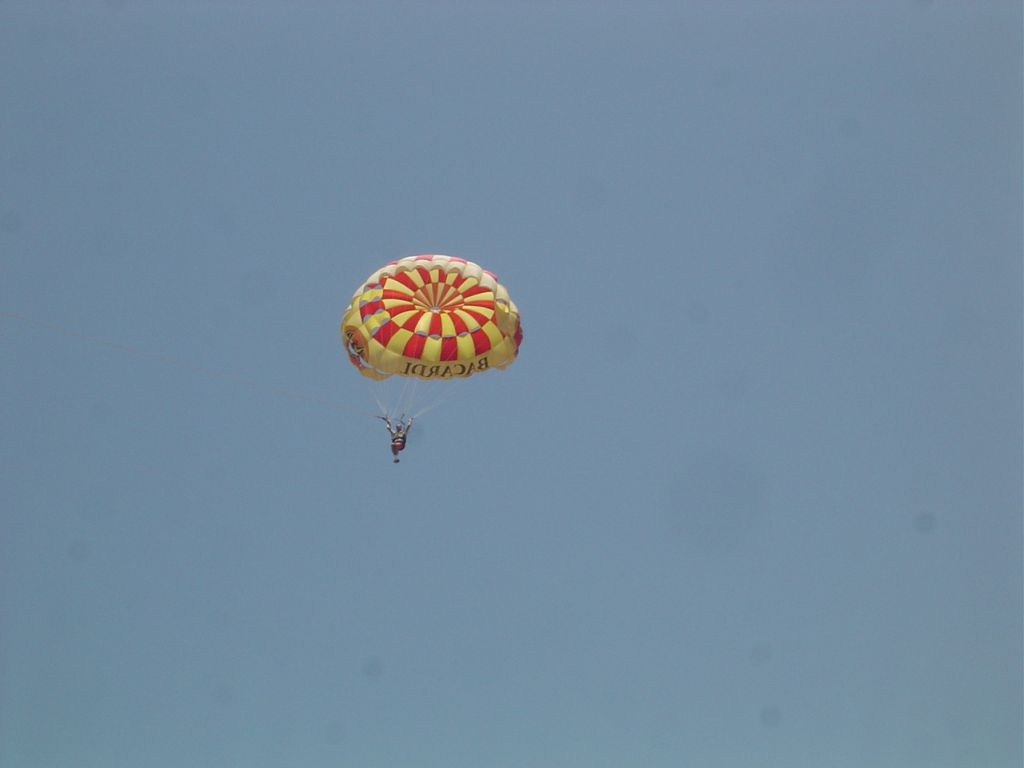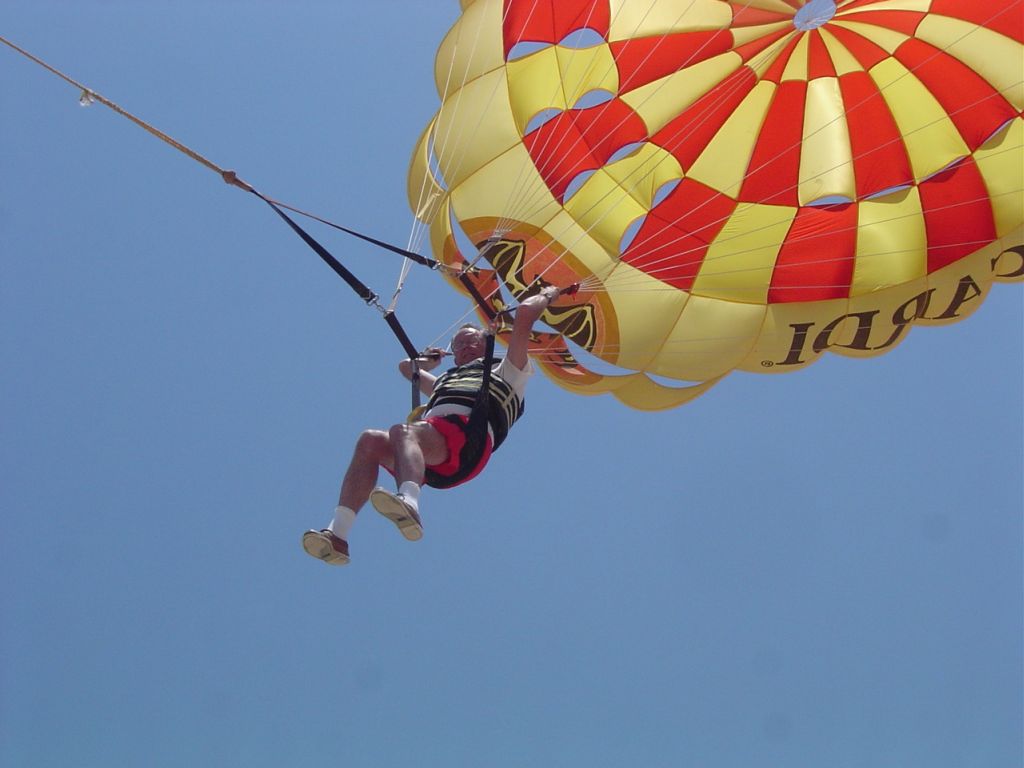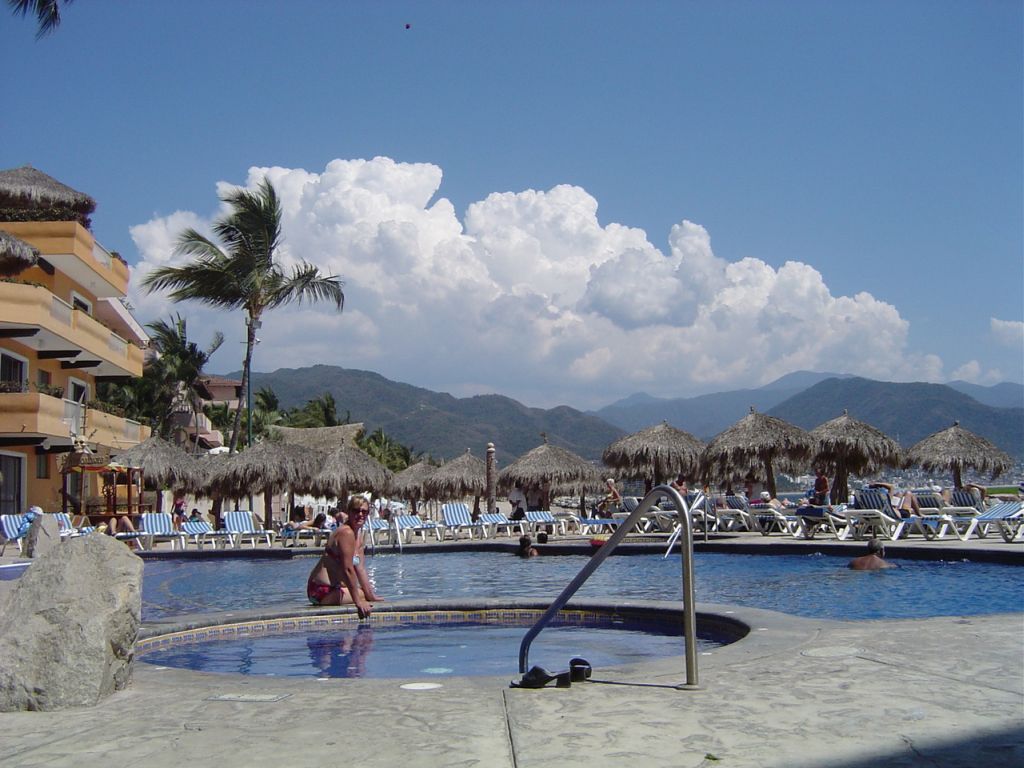Baja California Sur to Puerto Vallarta
April and May, 2004
April 25th
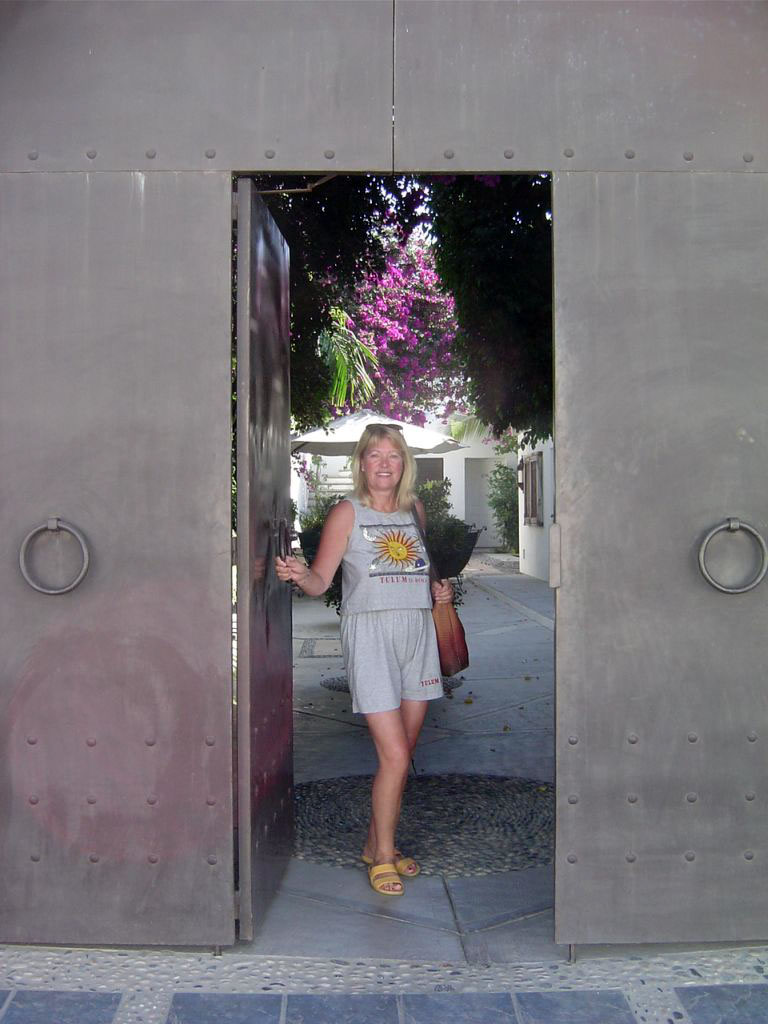
Welcome to the Las Milagros
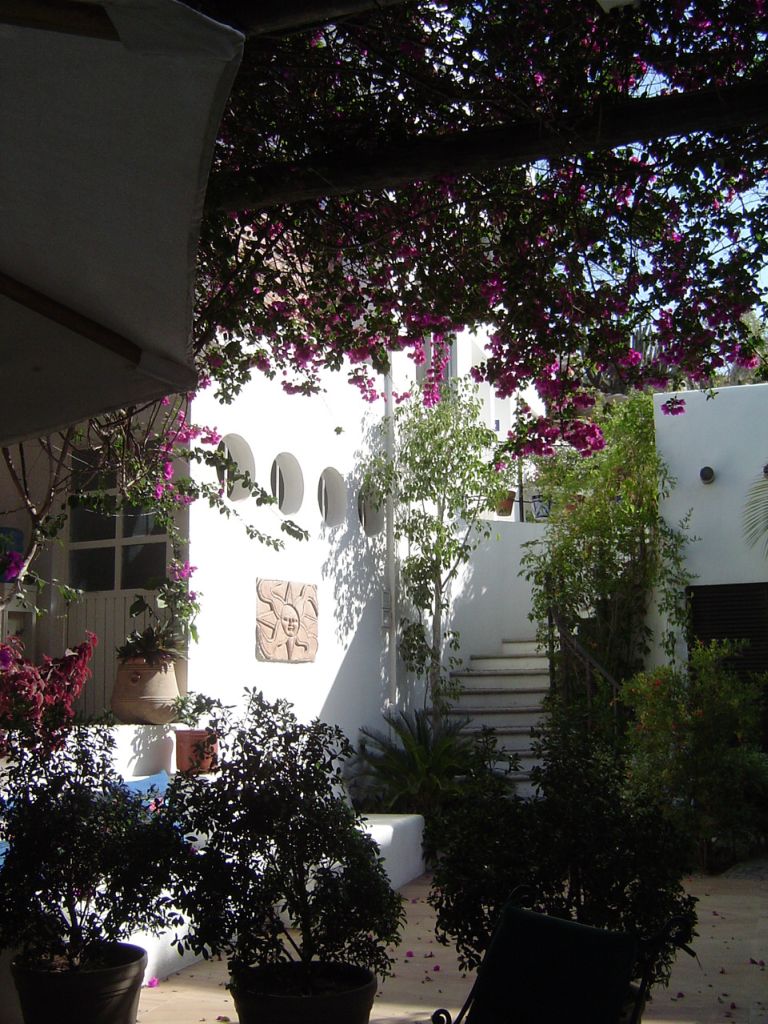
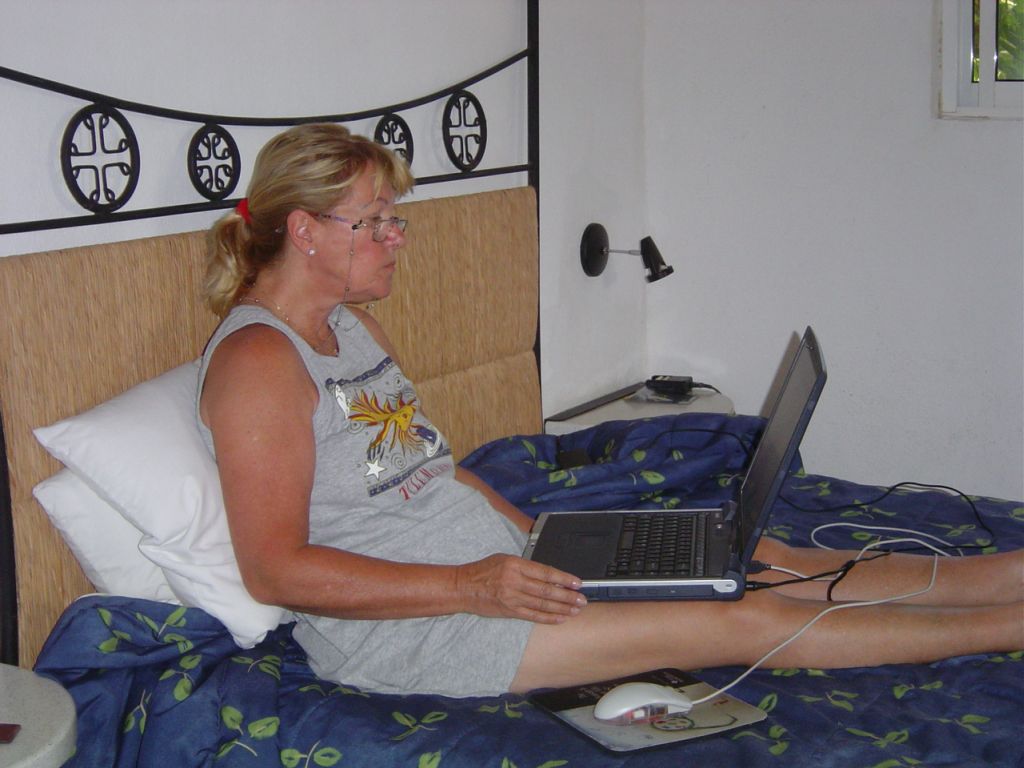
Elsa, Editor-in-Chief
April 26th
Pichelingue to Topolobomba
We drove back to LaPaz to catch the ferry to Los Mochis, having been convinced by the time-share salesman in Cabo that a 6 hour ride to Los Mochis on the new boat was much to be preferred to an 18 hour ride to Mazatlan on the older boat. We arrived at Pichelingue for the trip to Topolobomba... the names for the two ferry terminals serving the run. Since we were about to enter mainland Mexico (Baja is a special tourist zone that doesn't really count), we needed a temporary import certificate for the car, basically a promise not to sell it in Mexico or pay a hefty tax.
You can't buy a ferry ticket until you go through customs and you can't go through customs until you have an automobile import certificate and you can't get an import certificate until you give the authorities three copies of your driver's licence, three copies of your passport, three copies of your vehicle registration and their computer deems you worthy. This is where the fun began.
We arrived at 12:30 PM, expecting to finish the paper-work by the time the office closed at 1:30 PM, leaving plenty of time to board at 3:00 PM.
The two computers at the certificate office, linked to Mexico City, were having a tough day. The operator re-booted each one, not a bad choice since Microsoft Windows was the operating system, but nothing beyond the initial prompt for the operators name ever appeared. His assurance that "only 5 minutes" would solve the problem was repeated every 5 minutes. "Mexican Five Minutes" are special and are noted by holding the thumb and first finger a quarter inch apart, denoting a very small amount. Be aware that anyone telling you that it will be "only 5 minutes", while holding their fingers in this fashion, has no idea how long it will take.
Only when the rest of the country's offices closed at 1:30 did the computer response speed up enough to print our certificate. It seemed like an hour to us, but it was really just 12 "Mexican Five Minutes." The rest of the process went smoothly and we were on our way a modest 45 minutes late at 4:45 PM.
I visited the bridge about an hour from our arrival and talked to the captain, who was imported from Bari, Italy with the boat a year earlier. The ship, formerly the "Stena Forwarder", was burning three tons of fuel every hour, feeding two 12,500 horse-power engines that were running at 85% power. Had the bottom of the boat been clean and the turbo-chargers running in top shape, we would have been going 23.5 knots, instead of the 22.3 knots we were getting.
We arrived at 10:00 PM, on schedule, but couldn't get off the ship because a truck parked in front of us had picked up piece of wood, used for preventing motion on board, between it's two rear tires. After a few "Mexican 5 Minutes" it was freed and so were we.
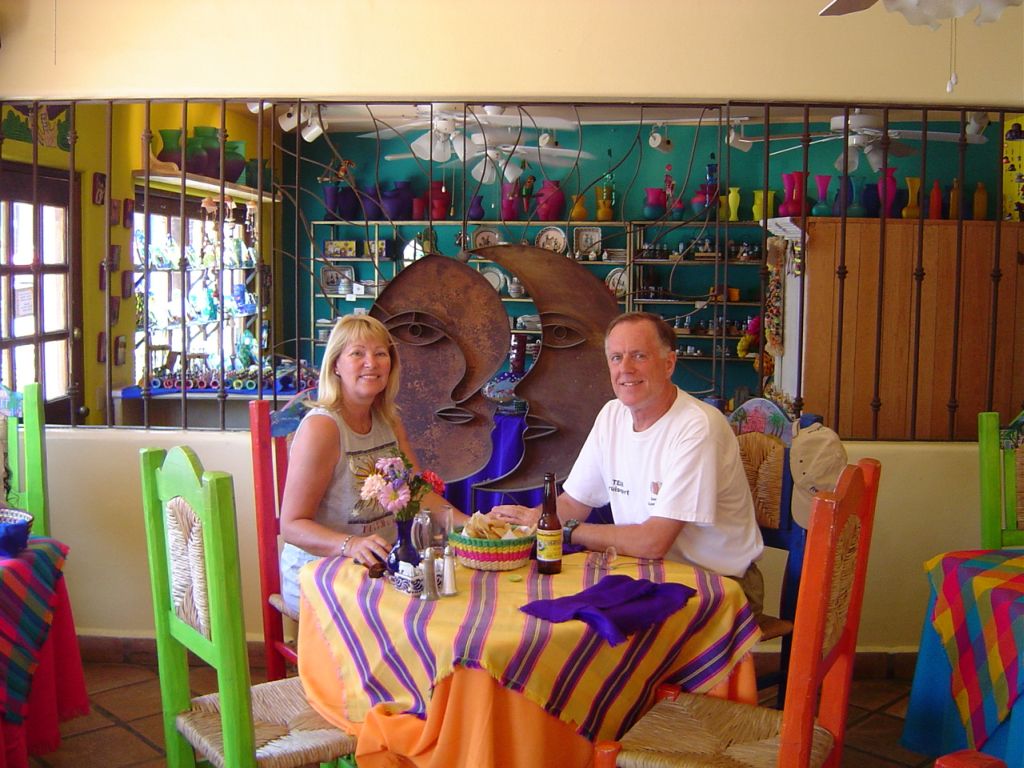
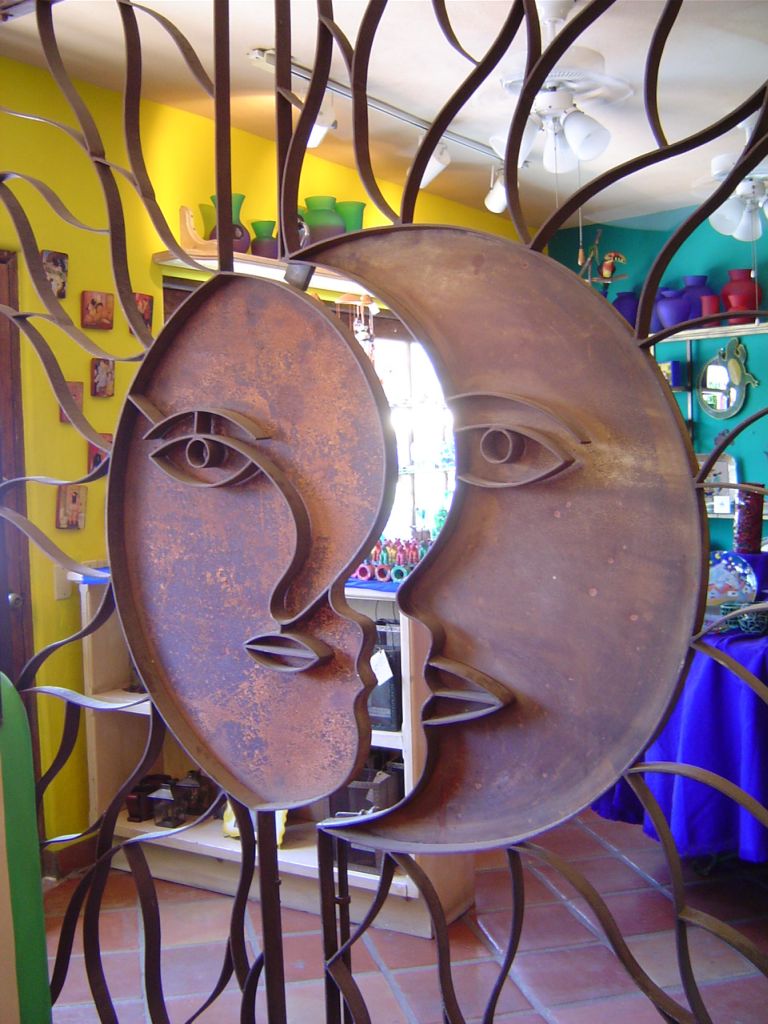
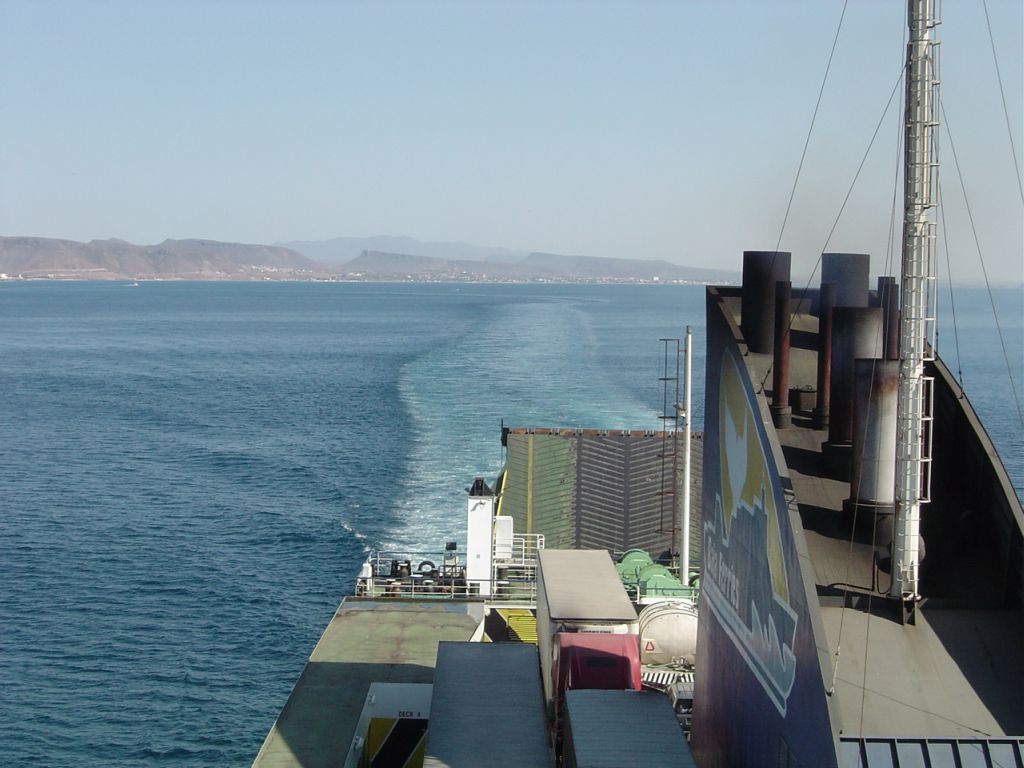
The car ferry from La Paz to Las Mochis arrived at 10 PM
April 27th
We departed our Los Mochis hotel, arriving in Mazatlan in time for a late lunch. Our hotel on the beach looked over the water and from the 10th floor, pelicans flew by directly outside the window. Waves crashed continuously below, so loudly that one would have sworn the wind was blowing at a steady 100 miles per hour.
Mazatlan seems to have missed the economic boom. Dilapidated beach-front homes stand in silent testimony to better times gone by. It was an otherwise pleasant city.
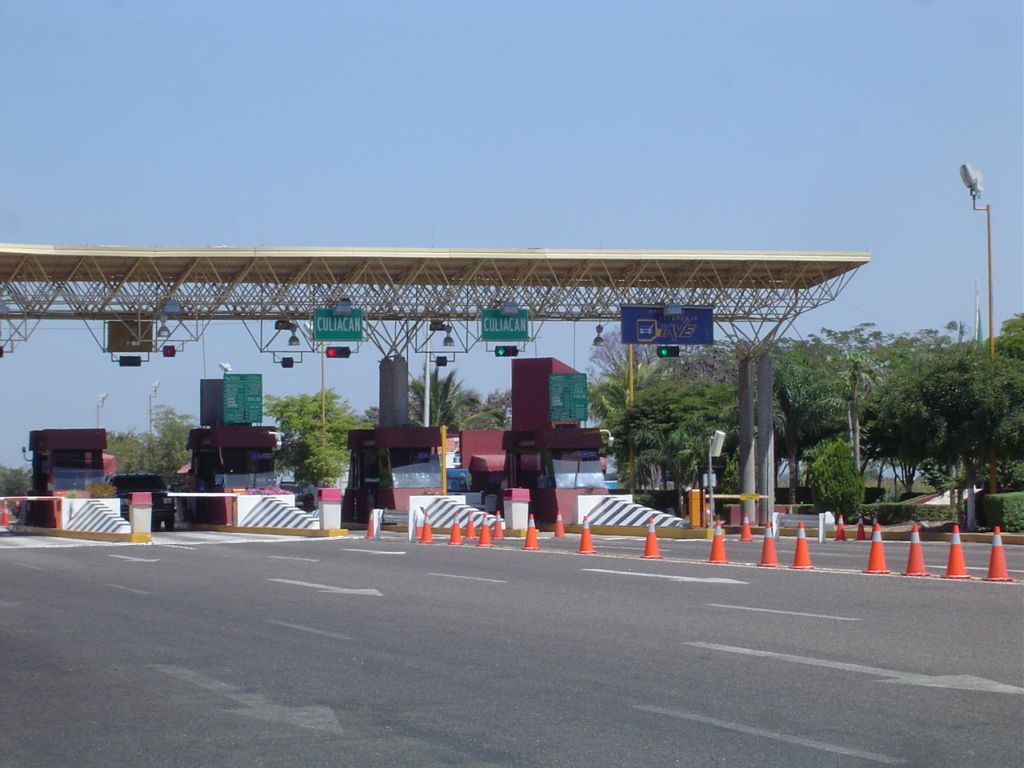
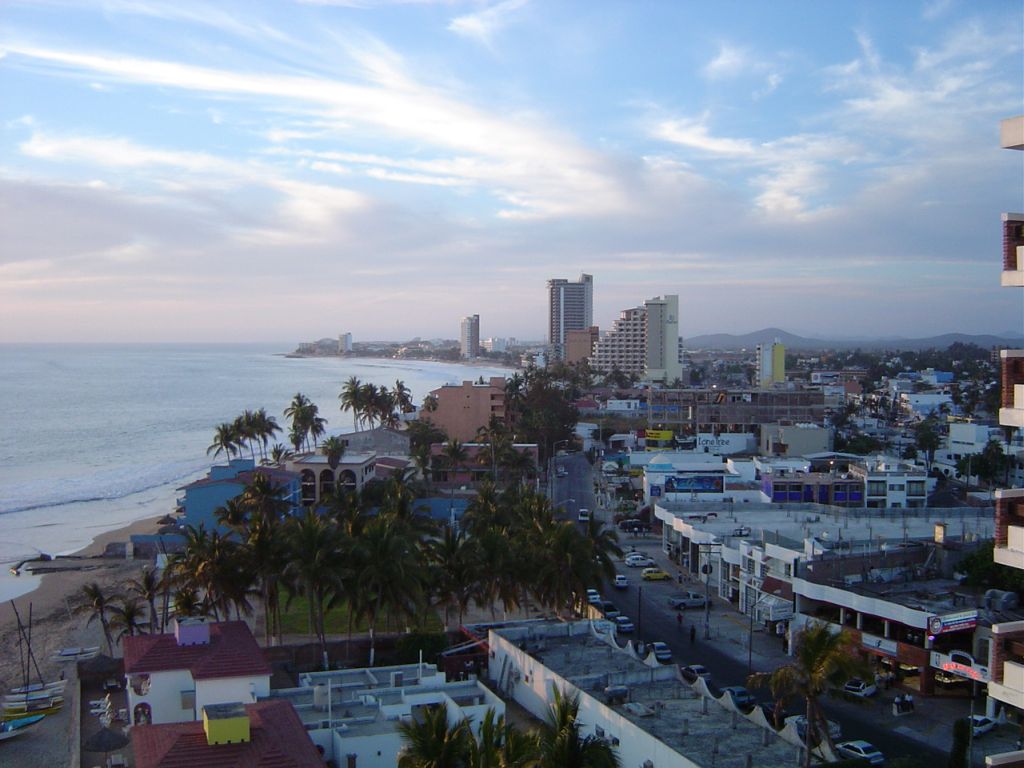
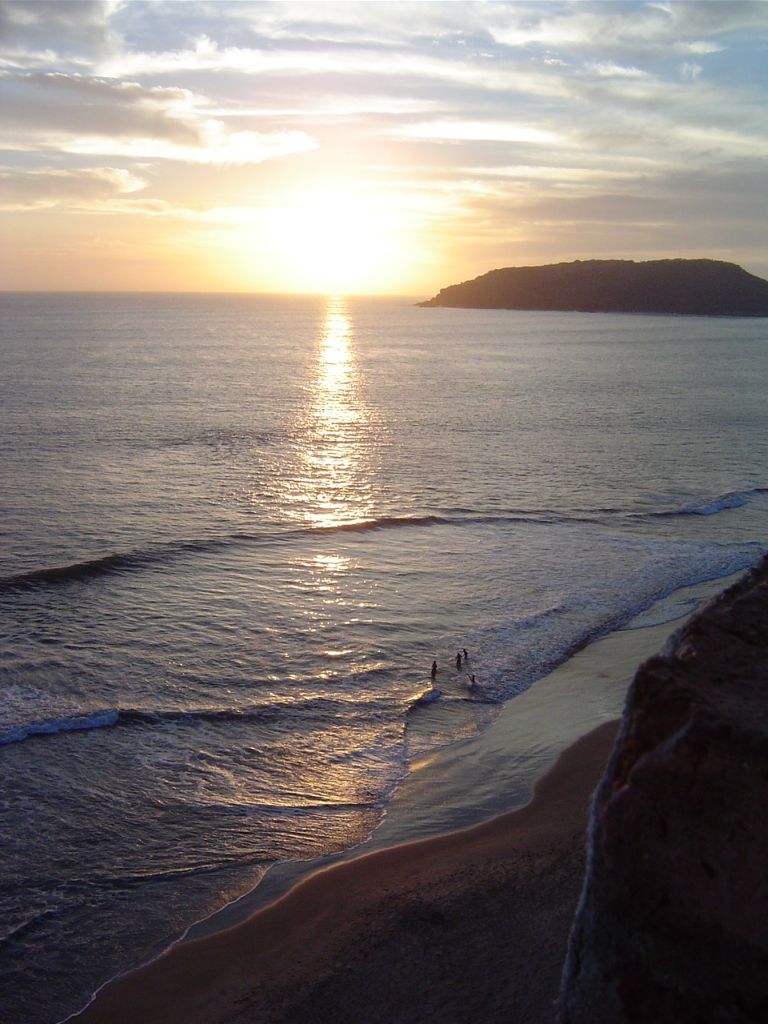
April 28th
Mazatlan to Guadalajara, an eight hour run, is too long for one day. Strings of trucks grind over each hill, blocking all others behind. A stretch of toll road was a welcome relief, only to come to an end too soon at the edge of the city. Industrial area traffic grew worse as we passed residential areas approaching the city center.
Mercedes, Jaguar, Volvo, and other fine cars were represented by dealerships lining the road into town. But these weren't the cars in the afternoon rush in which we found ourselves caught. Four lanes of poorly maintained, smoking, stinking beaters surrounded us. We were able to combat them until our idling engine could no longer cool itself and run our air conditioner at the same time. When the air was turned off and the windows opened, we became one of them. Poverty overtook us, on it's home ground.
Pure chance took us to the Hotel Plaza del Rey, in the heart of town, run by pleasant people who were eager to help. We ventured out for a drink and a meal, finding an open-air restaurant in the central plaza. The "Day of the Ninos" was not quite upon us, but celebrations had already started; the plaza was over-run by families with at least three kids each. The crush of humanity, most probably needing a meal more than we did, filled the plaza well past dark.
The major cathedral in the heart of town, dating back several hundred years, had a tile near the door, identifying it as a "cathedral." The white tile used for the marker was just a bit narrower than the artisan in charge anticipated, so the final "l" had to be placed above the "a" which preceded it. This became the model for the "plan ahea" gag signs seen today.
April 29th
Mexico's largest lake, Lake Chapala, is located about 30 km south of Guadalajara. It might have been Mexico's largest lake at one time, but the river feeding it has been tapped by every community it passes. As a result the water-line is far from its former shore. Boats which remain must plow through a hundred feet of water-hyacinth plants before reaching the pier. Everybody agrees that something must be done to protect this natural resource, but nobody is actually doing anything. A gringo community on the lake, Ajijic, sports license plates from all parts of the US and Canada.
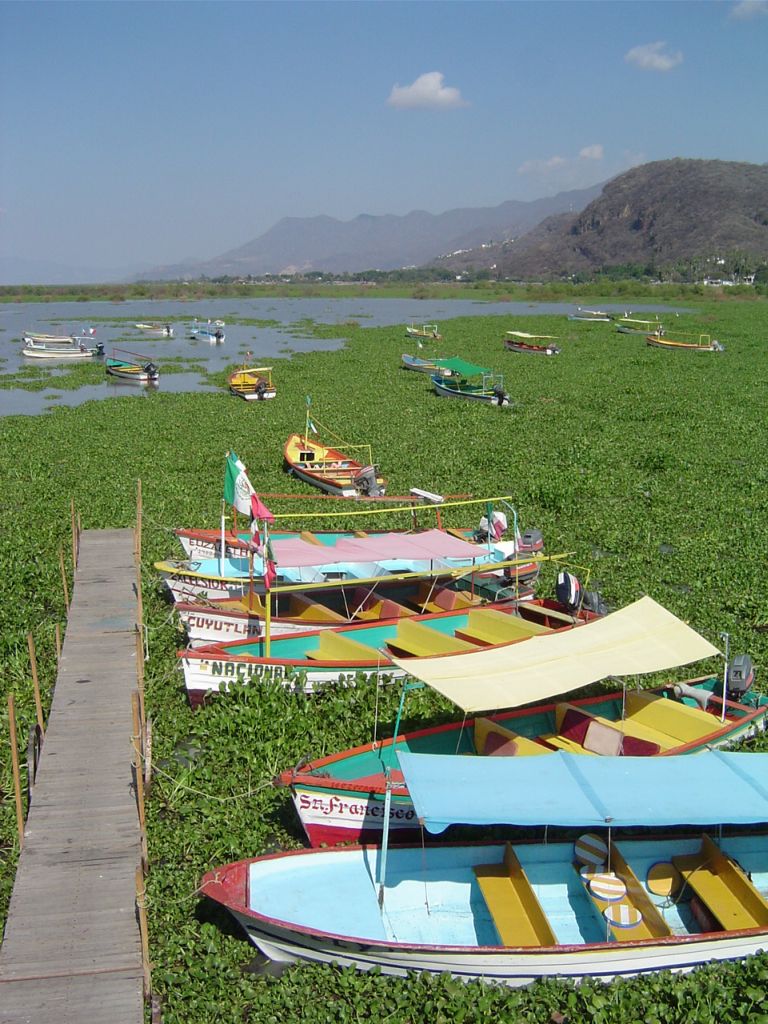
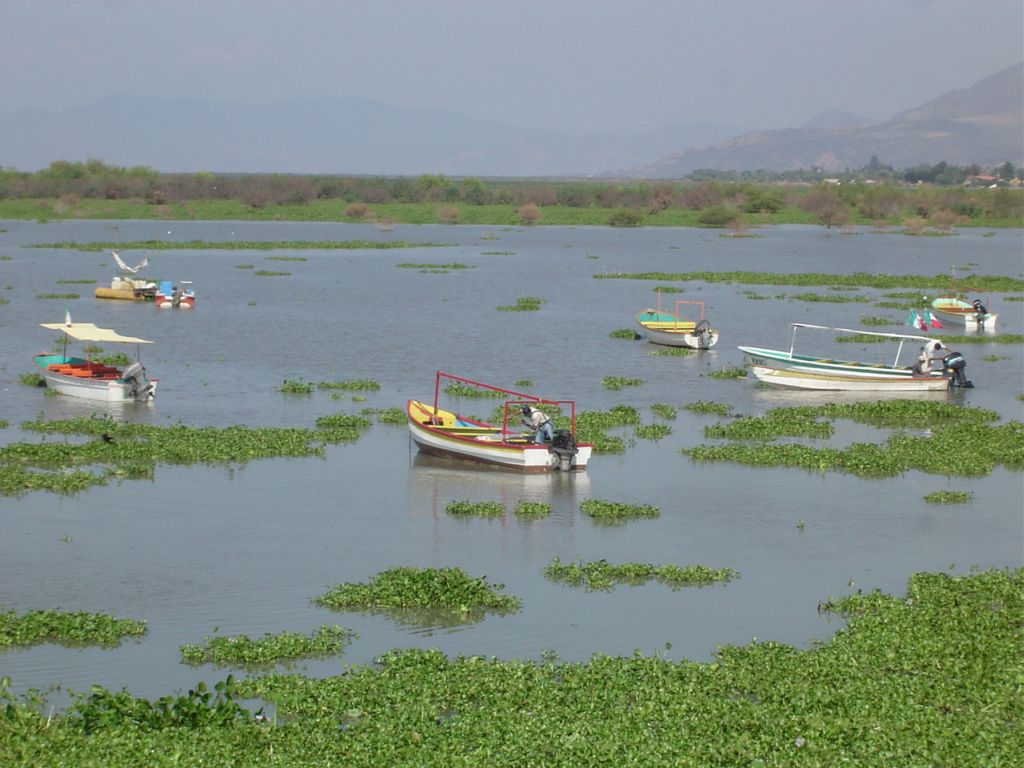
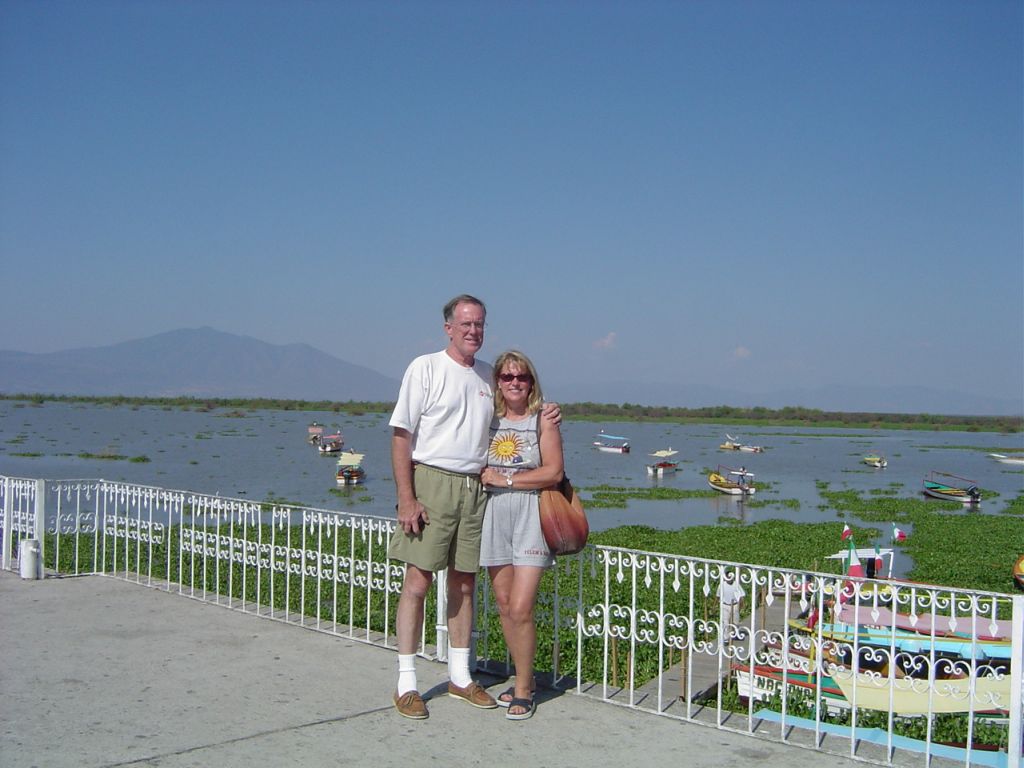
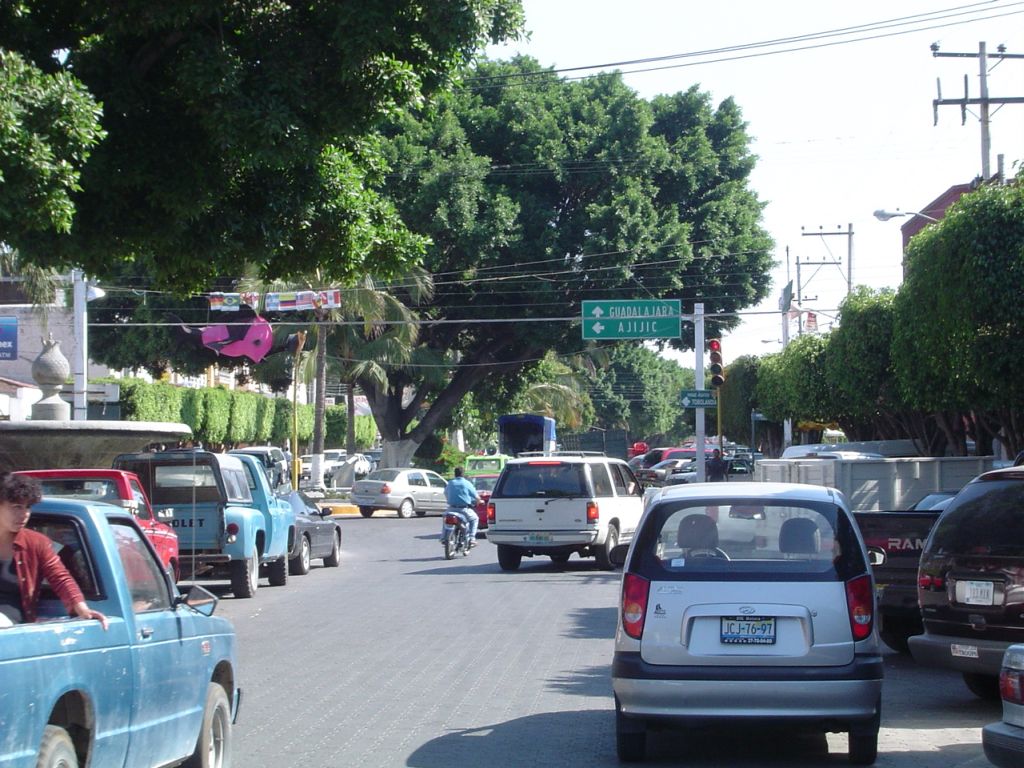
Ajijic, where you can live like a Prince on $1000 per month, or a King for $1500 !
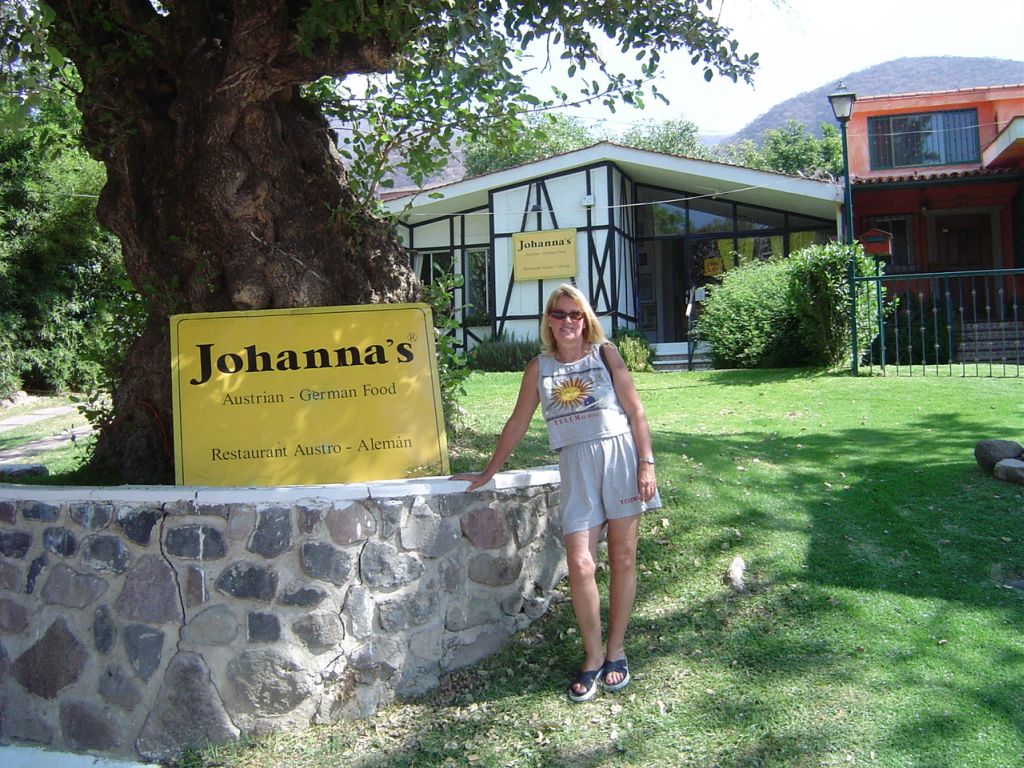
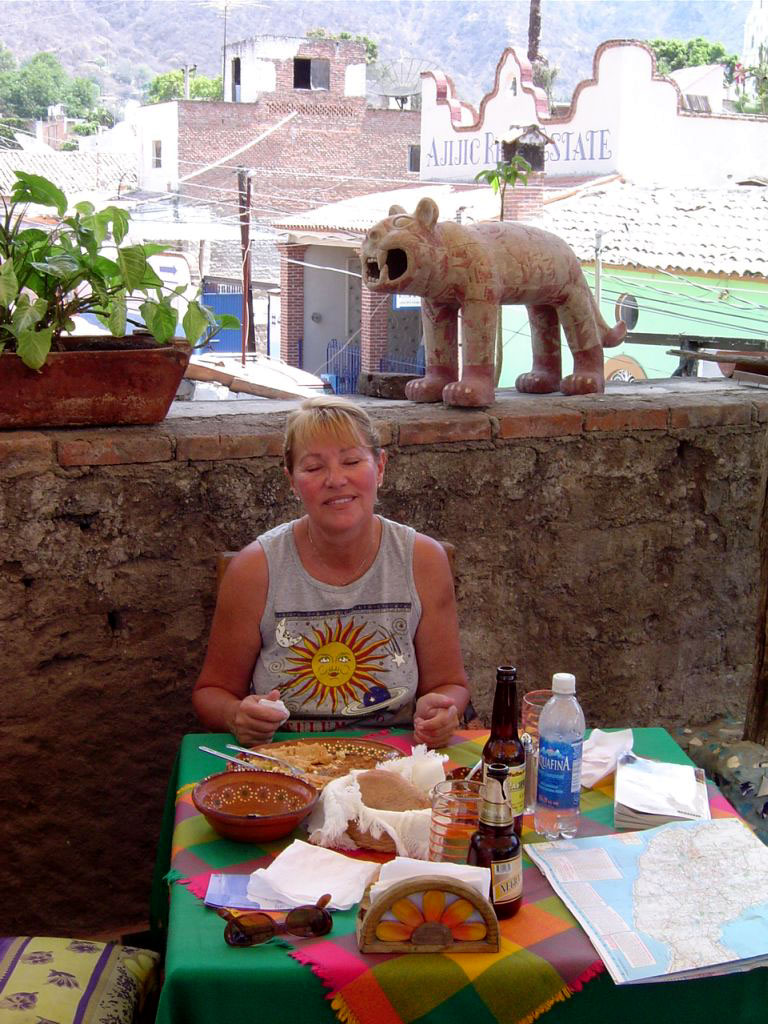
Must have been delicious...
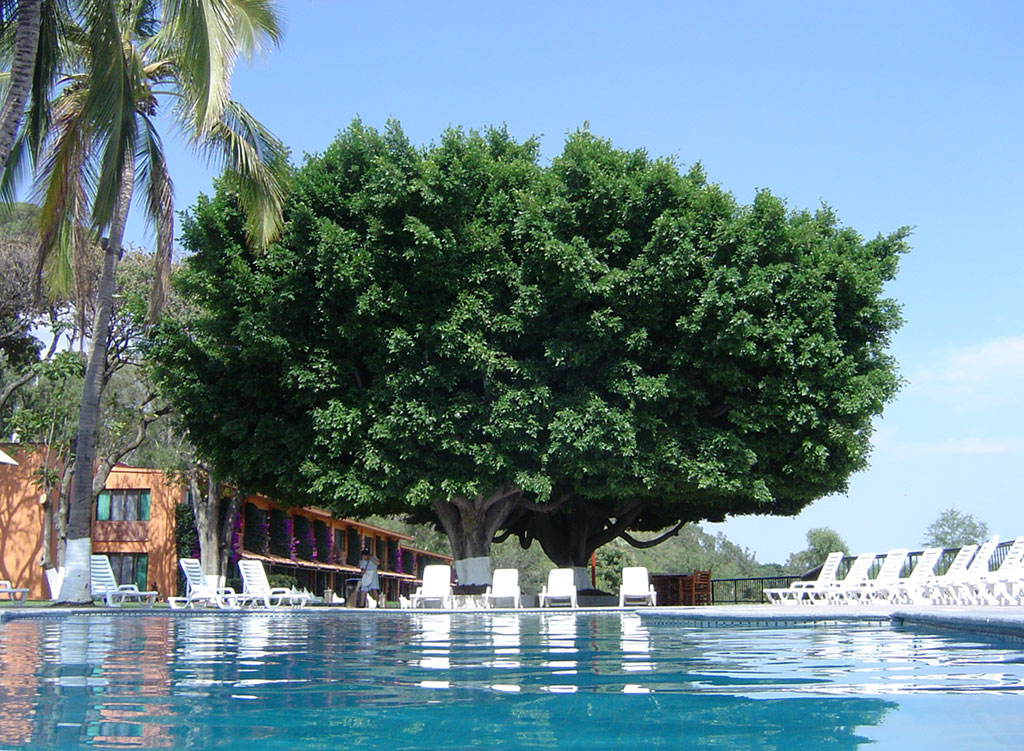
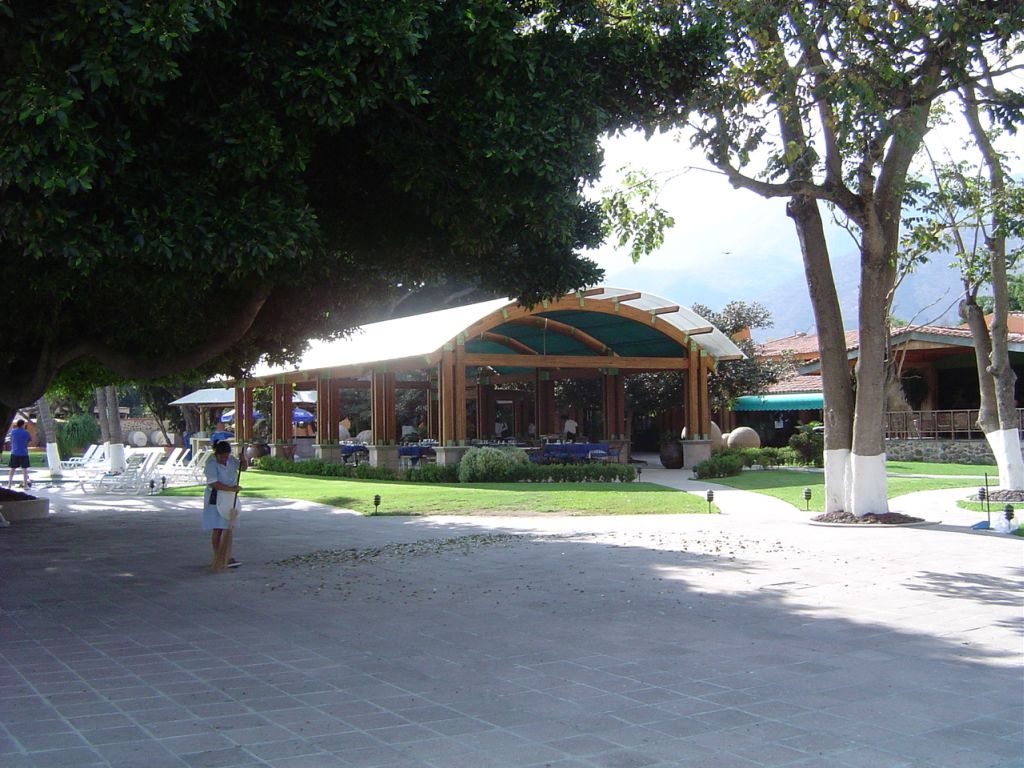
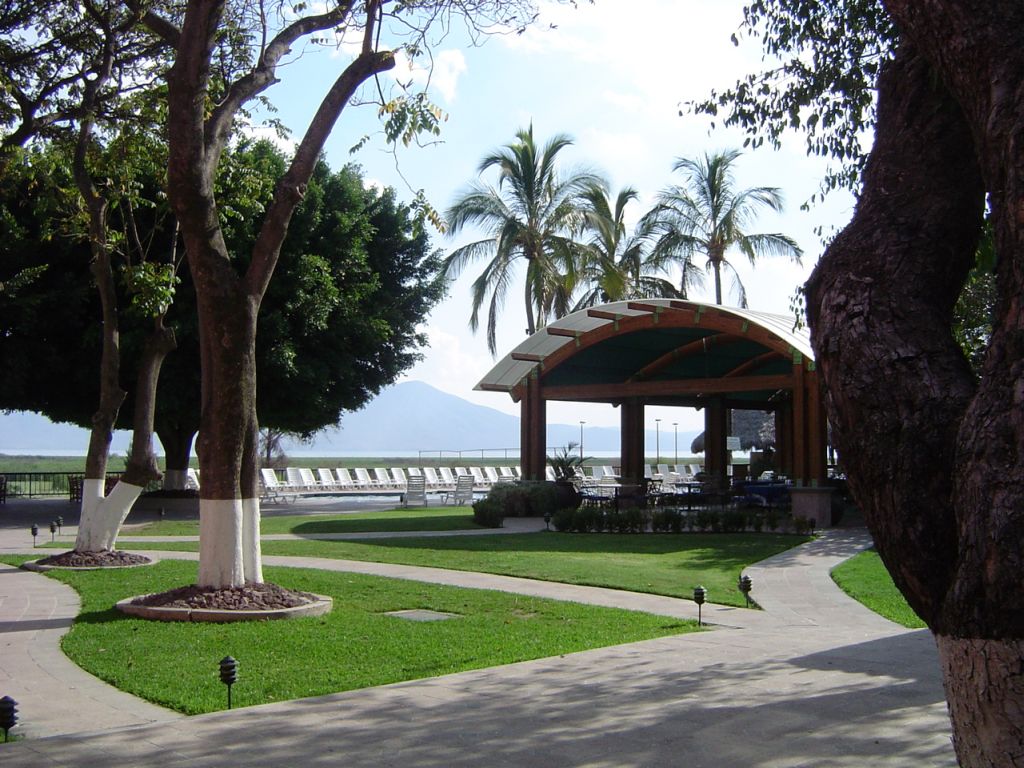
April 30th
Ask ten people how long it will take to travel any route in Mexico, then double the average to get the real number. The AAA guidebook was the most optimistic for the Guadalajara to Puerto Vallarta run, at 2.5 hours. Most Mexicans guessed 3 to 4 hours. The real number, taking into account some 500 trucks and busses that you can't get around on the twisting road through the mountains, is about 7 hours. There is a stretch of toll-road, which suggests that it might be faster. It isn't. It's just the same as any other two lane road, but you get to pay.
We stopped in San Francisco (Nyarit state) for lunch. The city, if you stretch the point, was a quarter-mile long cobble-stone road ending at a restaurant consisting of not much more than a few umbrellas on the beach. A monkey named Maramir shared our chips. I didn't realize monkeys don't have thumbs, just four fingers.
Puerto Vallarta is a lot like Cancun, but smaller. Giant hotels crowd the water's edge. Each one features a "Happy Hour" celebration around the pool from 5:00 to 6:00 PM, featuring some sort of DJ who guides your consumption of Tequila with a mind-numbing PA system that is audible through the entire complex. All of the monkeys here have five fingers
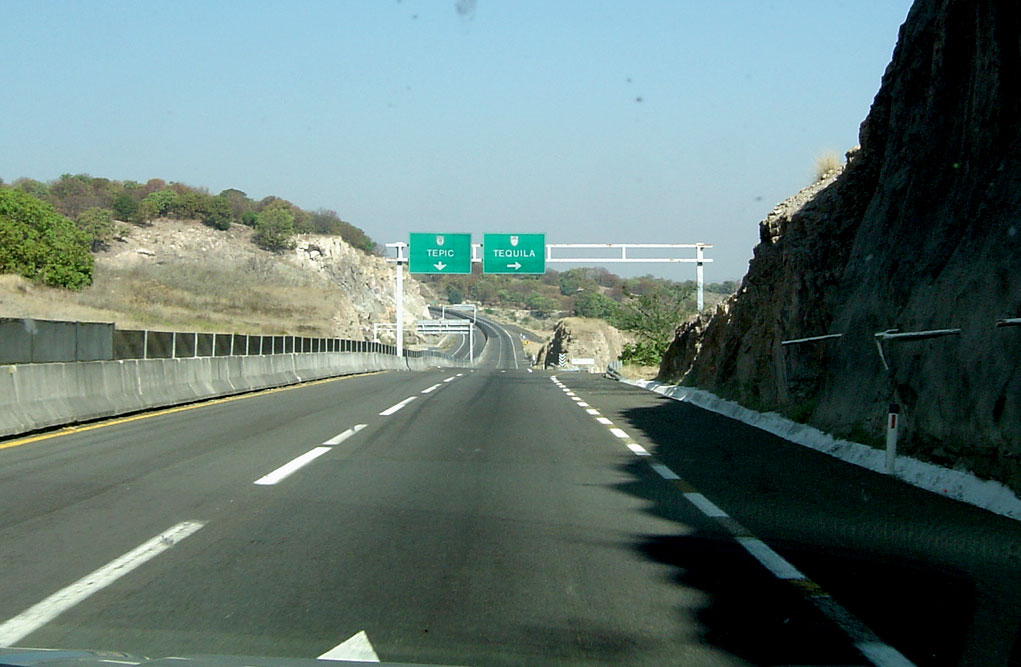
Turn right for Tequila !
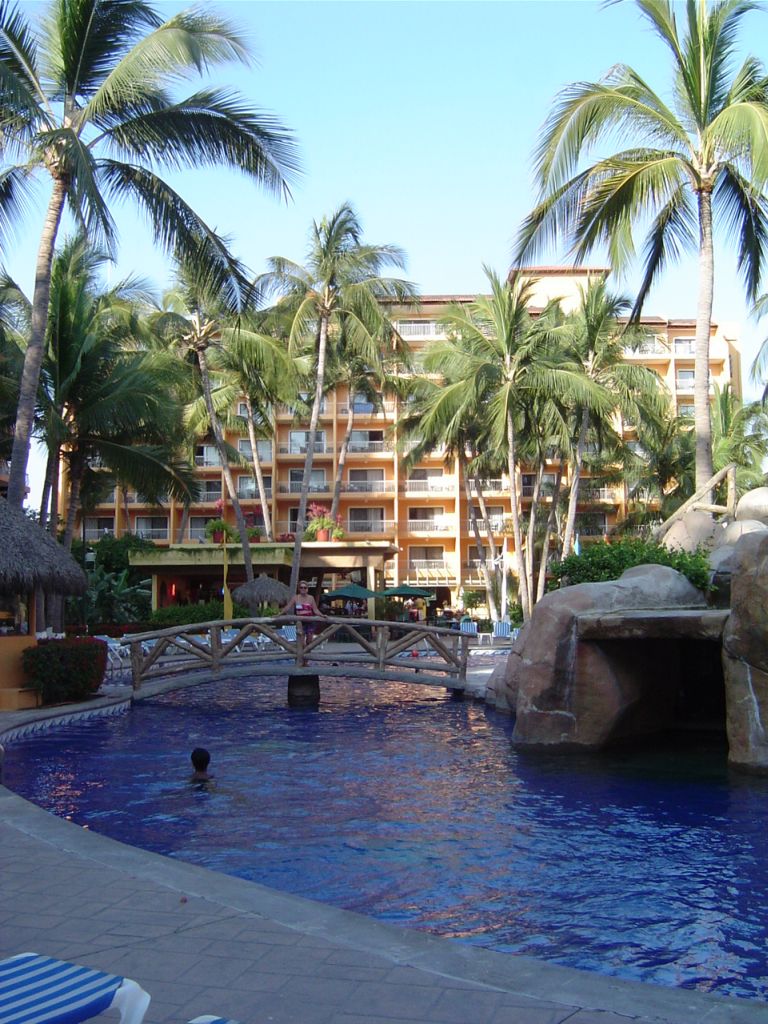
Puerto Vallarta
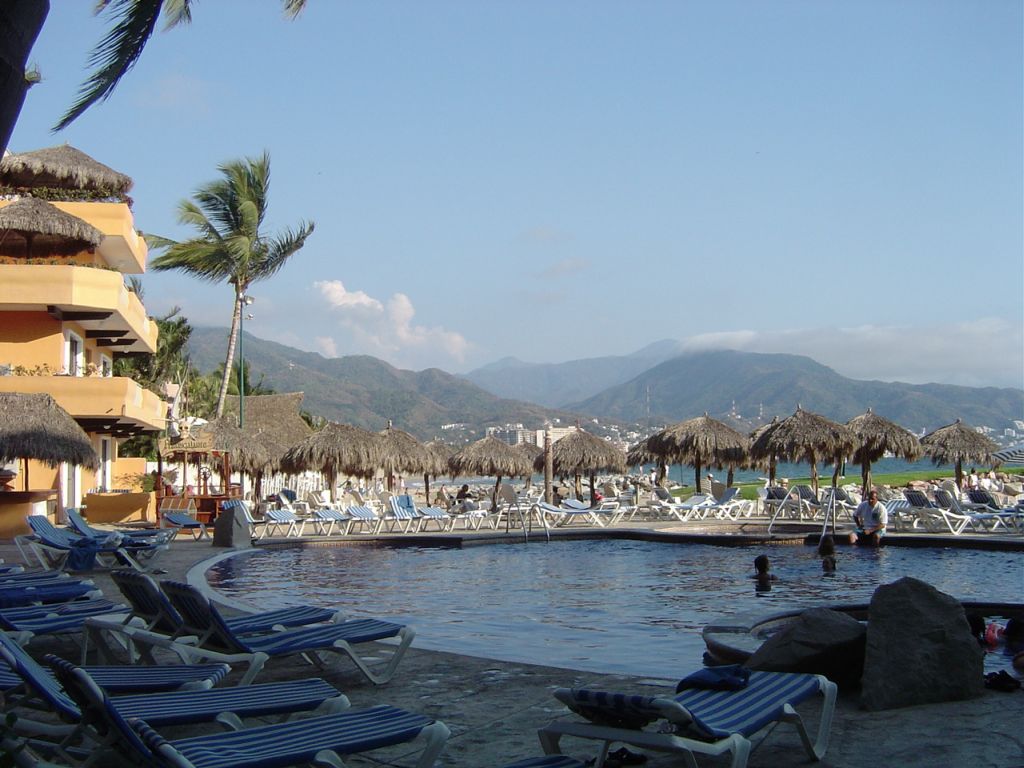
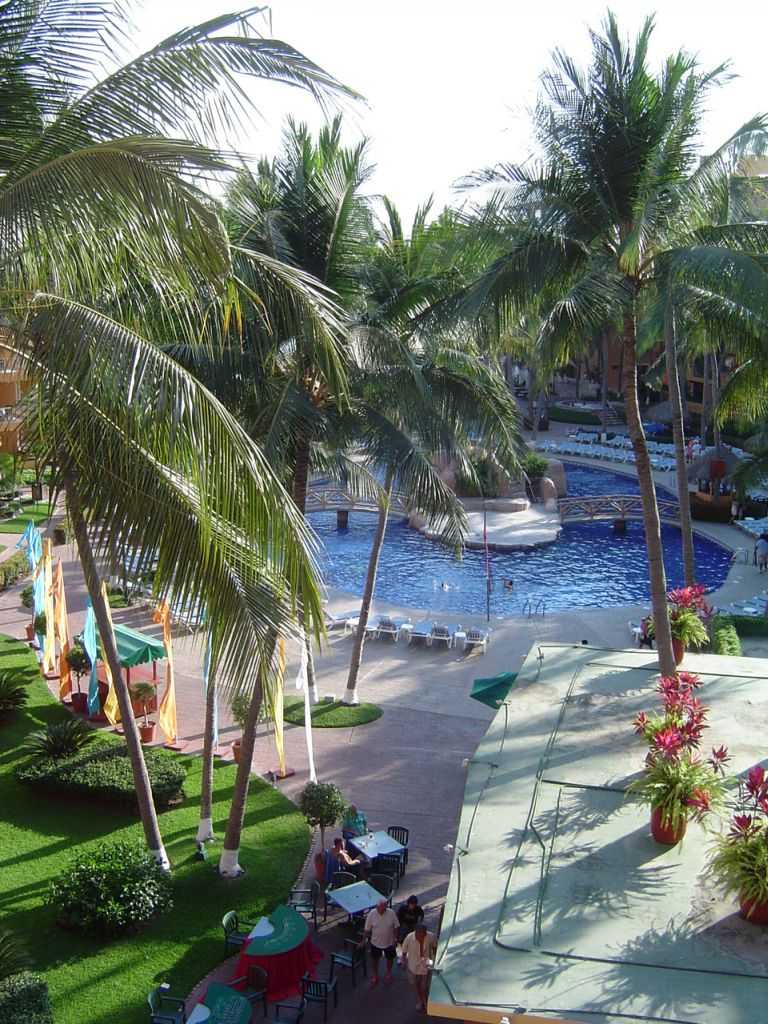
From our 5th floor room
May 1st, 2004
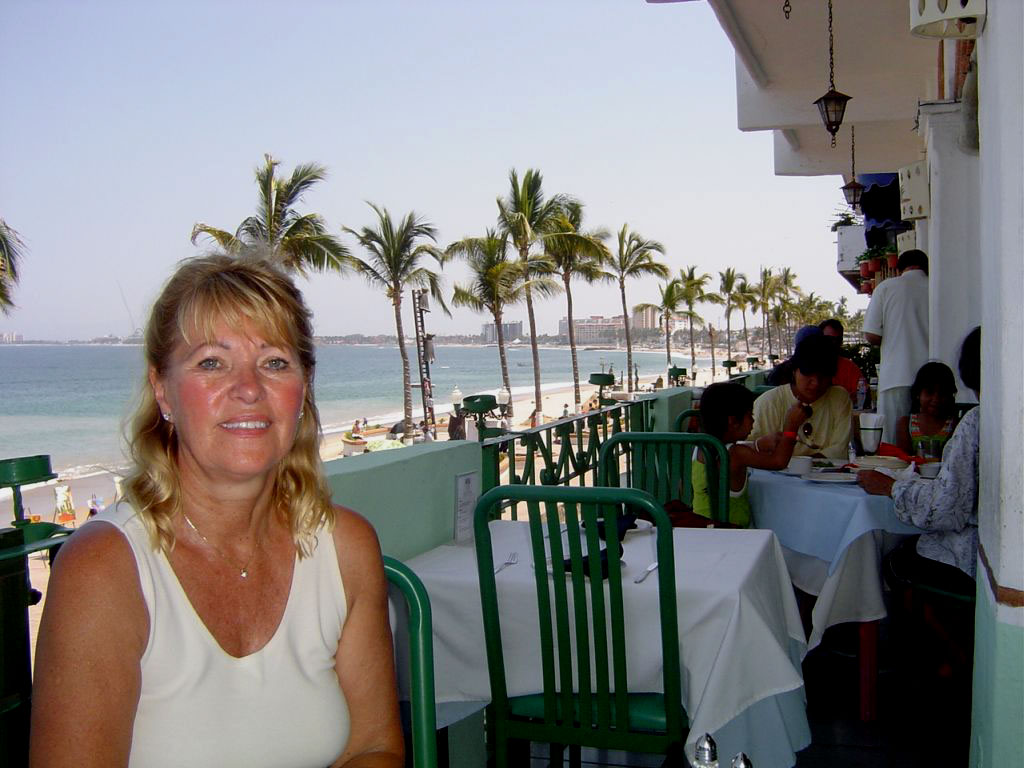
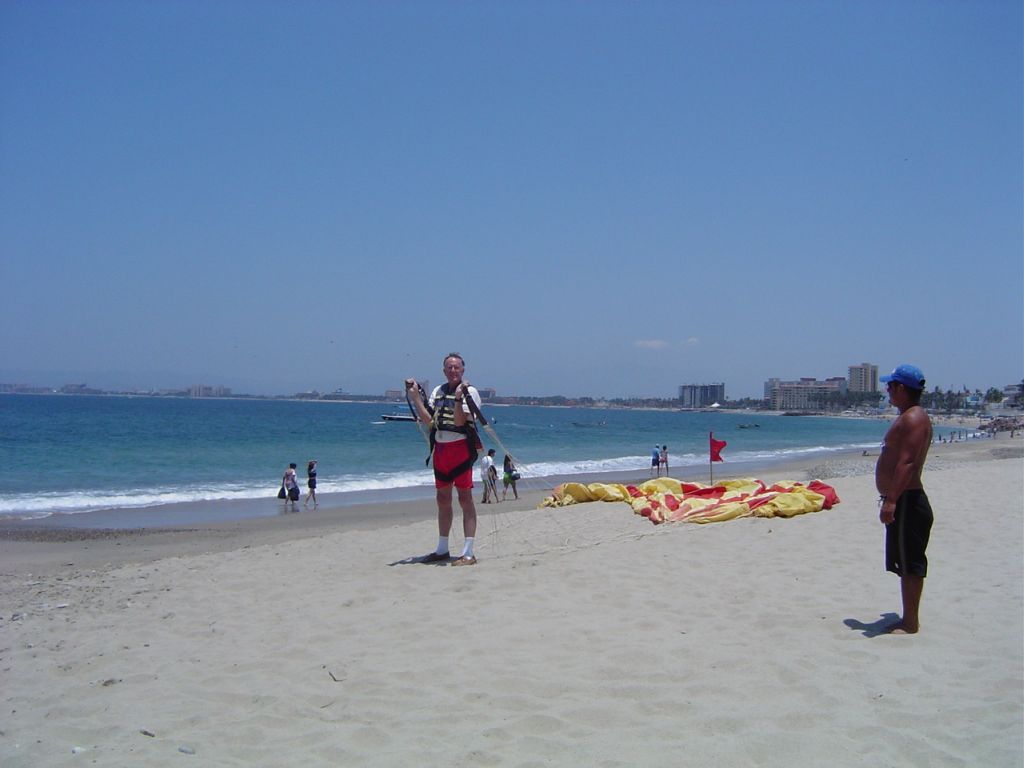
I don't know whose idea this was, but it certainly wasn't mine
